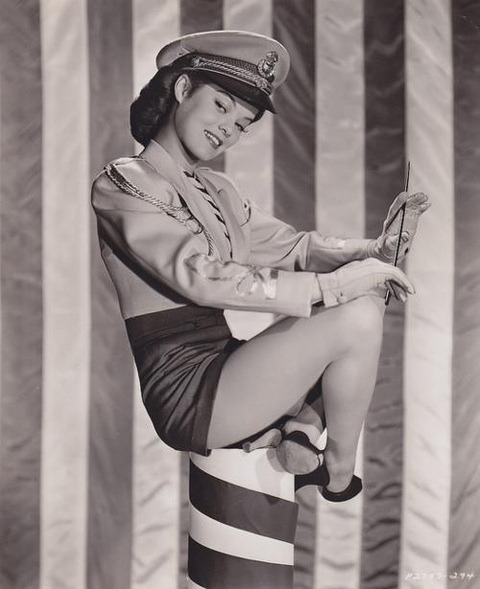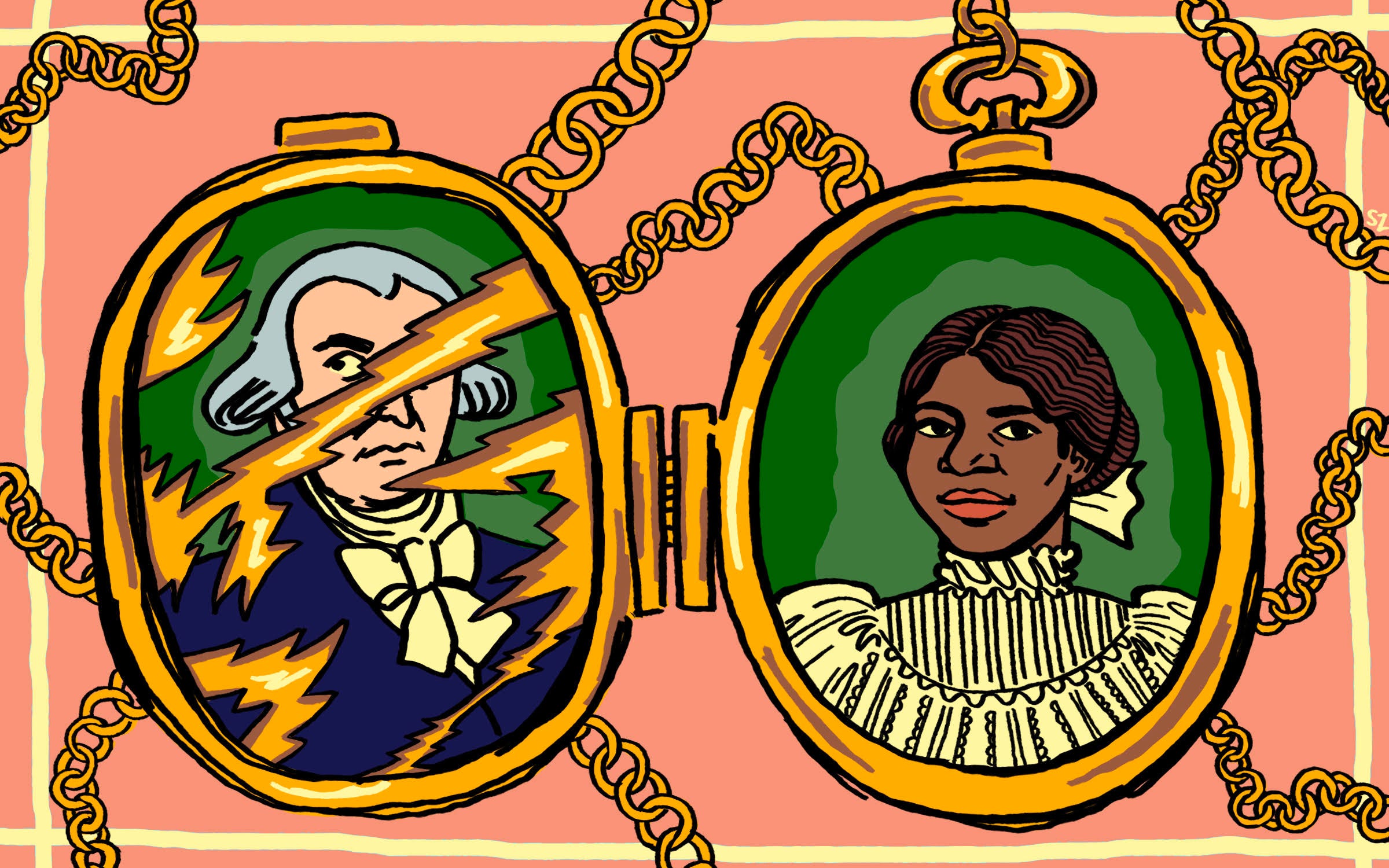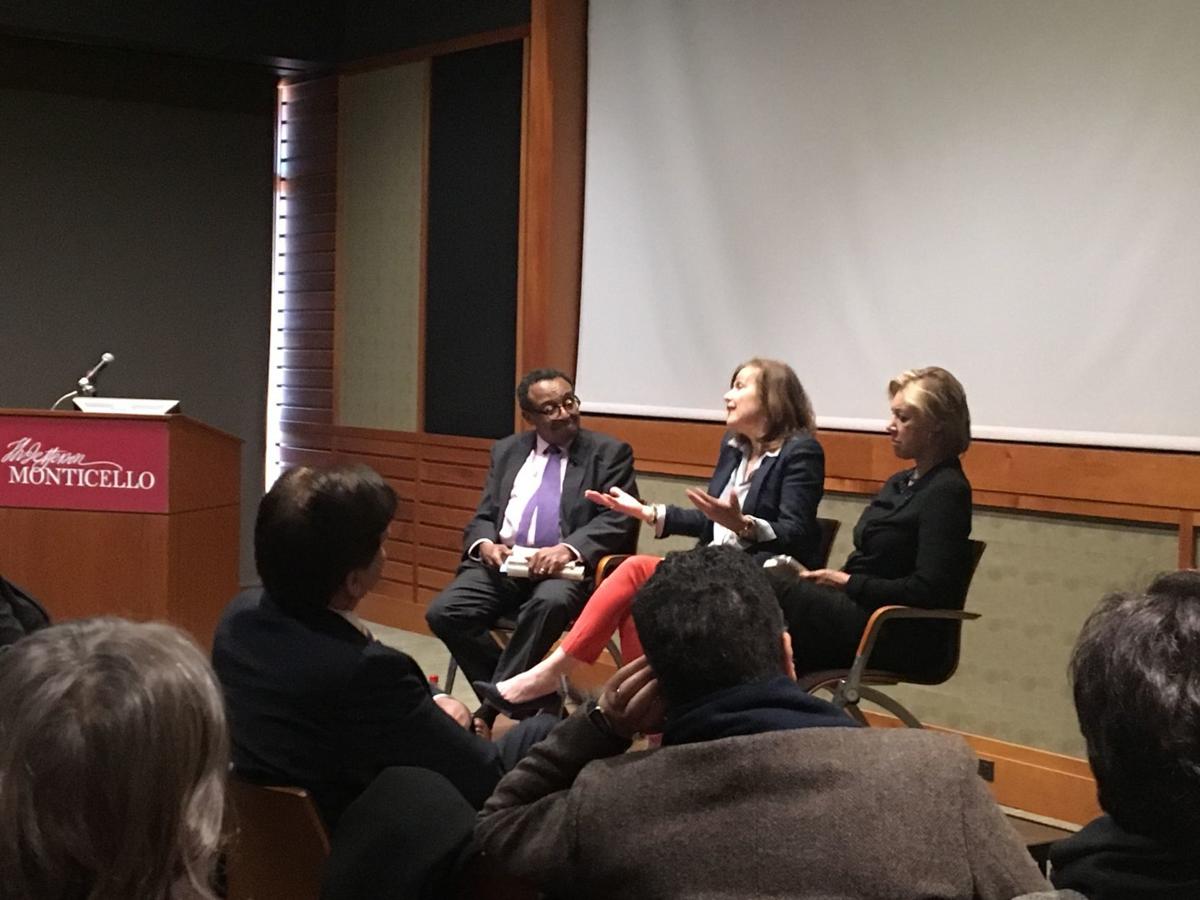The Healing Power of ‘Steven Universe’Posted in Articles, Arts, Asian Diaspora, Communications/Media Studies, Media Archive, United States on 2020-04-01 01:00Z by Steven |
The Healing Power of ‘Steven Universe’
The New York Times
2020-03-28
 |
The hit cartoon series has helped me process my biracial identity.
For most of my life, Taiwan was a place that lived in my head. My mother told me her origin stories like a series of tall tales, full of pitched, tin roofs and fields of underbrush that my grandmother used to drive through on her moped, lifting her legs to avoid snake bites.
Her stories felt like aphorisms I could attach to the idea of being Taiwanese, something I knew I was, but felt no particular ability to locate outside the life I lived in California. I could not get past the differences of our childhoods, the disparities in our means, the foreign topography. It would take me years to realize I’d inherited her cultural traditions and perspectives growing up — and even longer to separate my identity from the need to demonstrate proficiency in it, as if it were a set of actions committed to memory.
When I began watching Rebecca Sugar’s musical cartoon series “Steven Universe” and its limited series spinoff “Steven Universe Future” — which aired its final episodes on Friday — it immediately fit like a familiar sweater. So much of Steven’s coming-of-age story mapped onto my own: We both come from two distinct cultures, the most dominant of which can feel inscrutable….
Read the entire article here.






